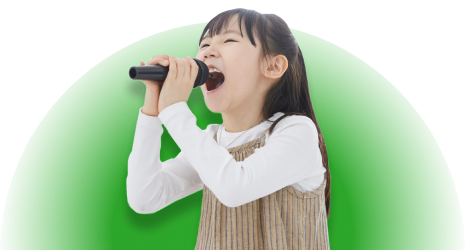The child might feel sleepy after the surgery (side effects of anaesthesia). This does wear off after a few hours. After that, he/she will be allowed to drink water and have some ice cream to soothe his throat.
To best manage a child's pain, local anaesthesia and other pain medications will be administered intra-operation and afterwards. Most children will be able to speak, eat, and breathe normally a few hours after surgery. They will feel a mild sore throat for about 5-7 days.
The child may have mild blood-stained nasal discharge, sputum, or saliva for the first 48 hours after surgery. Should the child throw up large amounts of blood, he/she needs to be brought to the emergency room immediately. Please contact your surgeon/ clinic urgently should this arise.






















